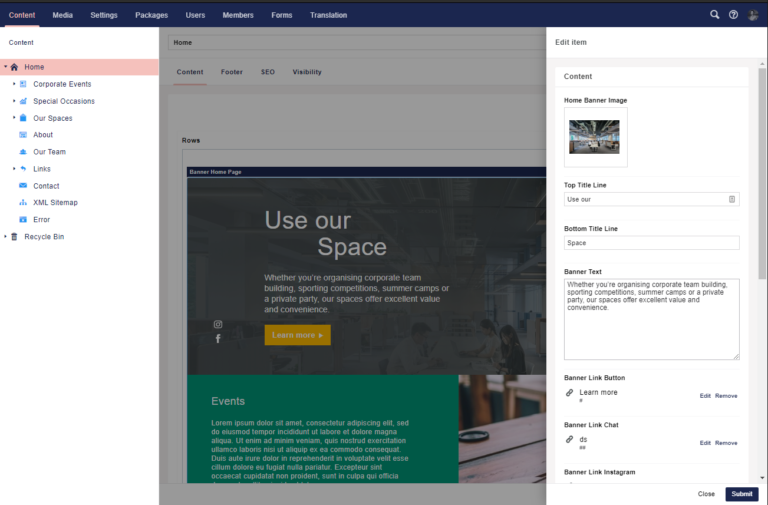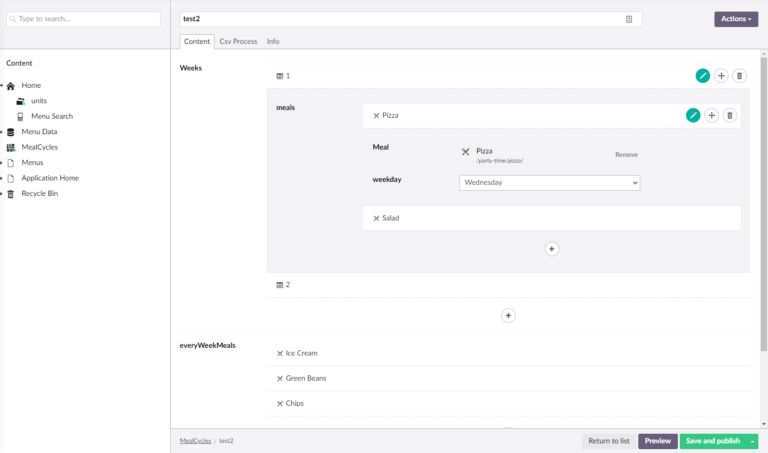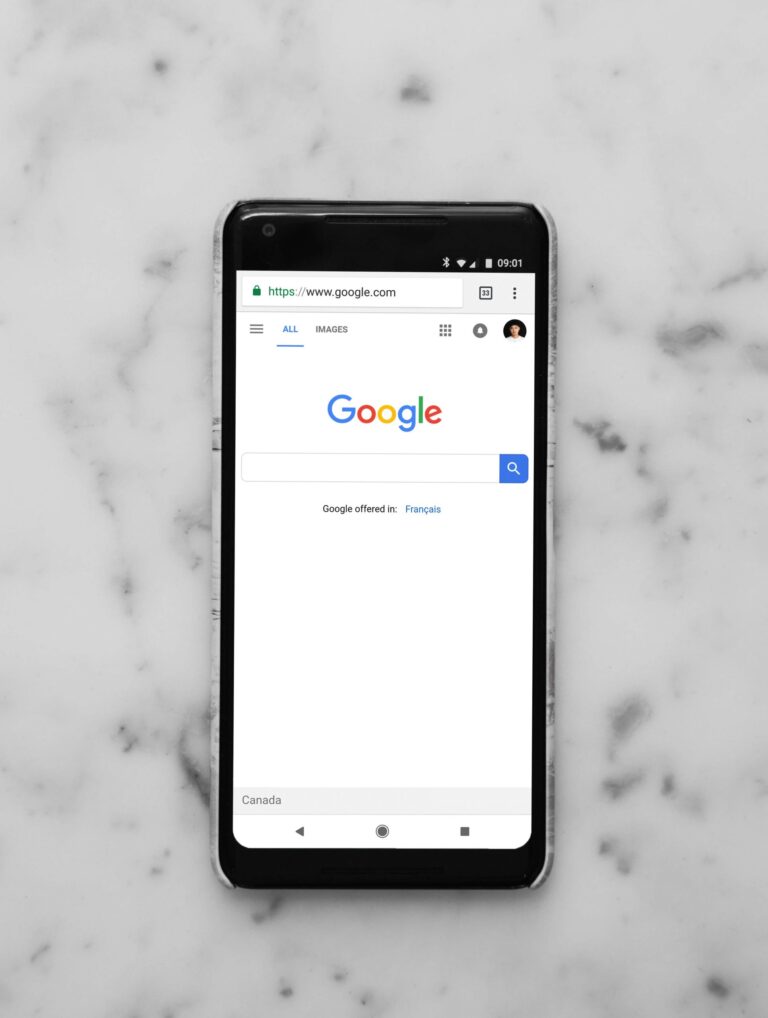June 29, 2020
Another month of successful home working has flown by, with all of our team members continuing to deliver impressive and top-quality work to our clients.
Read on to find out what our teams have been hard at work on in the past month.

The big news this month is that we’re changing our web address. We’ve grown from a purely design-focused agency over the last 20 years into the full service creative agency we know today, and we will now be found at (drum roll please)… fanatic.co.uk.
This may not seem like a big deal, but it is to us. We think Fanatic on its own reflects the breadth of our company, as well as highlighting how our team’s skills span digital marketing, design and development, and we want to shout about it.
Be sure to visit our new URL to see more of what we do!

Over the past few months we’ve been exploring the possibilities of incorporating 3D into our design workflow. We’ve experimented with 3D illustration, animation, Augmented Reality and interactive web applications. The possibilities 3D brings to a full service agency are endless and we’re just getting started with exploring its potential.
Check out our new 3D design page here.
If you’ve been following us on Instagram you may have noticed an increase in our activity. We’ve been sharing some of our creative flair in illustration, animation and design and have taken the opportunity to share some of our favourite project showcases.
This image was created to celebrate World Bicycle Day. Here at Fanatic, our team members have been enjoying getting out on their bikes thanks to our cycle scheme – more details to come in next month’s Scrapbook…


Last month I created an illustrated piece for Mental Health Awareness Week. The piece shows a person’s mind with a blend of hot and cold colours reflecting the mix of emotions we can feel at any given time. The piece has an overall calming feeling, trying to show the understanding we should all aim to have regarding mental health.
Don’t forget to follow our Instagram account @fanatic_hq for more designs!

I really like the new, refreshed user interface, the language variations and the search bar in the back office which makes for easy navigation. The Nested Content means you don’t have to use any more 3rd-party libraries for building flexible components, while the live preview feature means you no longer have to jump between the browser and content editor.
Overall, Umbraco 8 is going to make editing content for developers much easier, and we’ve already started seeing the benefits on some of the client projects we’ve been working on.
One of our clients recently upgraded their site to add a booking system with members and basket functionality which allows logged-in members to book meals. This kind of website may seem to point to Ucommerce (an Umbraco plugin which handles baskets and the creation of products) as a potential solution. However, as bookable meals were only available on certain days, Ucommerce was unable to handle this without a huge amount of reconfiguring.


We decided to use the standard Umbraco content tree but build it in a way where all references to meals were pointing to a single source instead of creating a new meal for every meal plan. We did this through the new Nested Content feature on Umbraco, which allows Content Managers to edit the meal details in one place and apply those changes across the entire website.

Our Digital team recently attended the virtual Search and Content Summit put on by the BrightonSEO team. It was a full day of interesting talks and Q&As from industry experts, and our marketers enjoyed the chance to pick up some new tips.
Here are their highlights:
Carolyn’s talk emphasised the need for finding out what our audience are looking for rather than just assuming what they want. To create really useful content, we need to discover a user’s concerns and motivations and think what questions they would be asking at each stage of the buying process.
This is a key technique that we use at Fanatic to really understand our audience and help define what sort of content will solve their problems.


Lianna’s talk was particularly topical in the context of the COVID-19 crisis, as many brands have been called out for their response to the pandemic. Her key message was that a strategy of regular site audits, monitoring keywords and positive content creation and optimisation is the best way to manage your reputation online and ensure that your audience discovers what’s great about your business.
This strategy is built into the core of the digital marketing plans we put together for our clients, so that we can accurately track the success of their content.


Amy, Digital Marketing Exec
In May, Google announced it would be making some significant changes to its algorithm with the introduction of Web Vitals – a new set of metrics designed to measure loading speed, interactivity, and visual stability.
The aim of these new changes is to provide clear guidance for quality signals that are essential for delivering a great user experience. There will always be site and context-specific factors, but Google have identified a common set of signals — “Core Web Vitals” — which are critical to all web experiences.
Read the rest of Joe’s blog about Google’s algorithm update here.

Joe, Digital Marketing Lead
